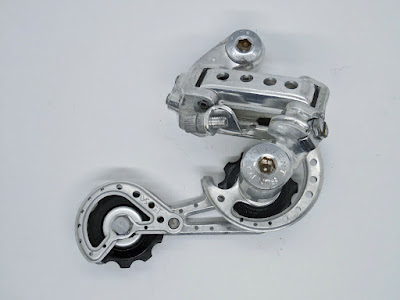For at least a couple of decades, young people, particularly the educated ones, have gravitated toward cities like San Francisco, New York, Boston and Washington, DC. All of them--with the possible exception of Washington, government basically is the economy--are what might be called "post-industrial" cities, where the chips and digits have largely replaced furnaces and smokestacks.
Buffalo, in media depictions and the public imagination, is anything but such a city. It might one of the "poster children," along with Detroit and smaller cities like Youngstown, Ohio and Gary, Indiana, for what is commonly known as a "Rust Belt" community. Because they have--or are perceived to offer--few opportunities, the educated and ambitious young rarely move to them, in spite of other attractions and resources some offer, not the least of which is housing (and an overall cost of living) that are a fraction of that in the coastal metropoli.
That incentive could become more powerful if the trend toward working at home continues. But most such cities and towns will need to offer even more, such as cultural events and lifestyle amenities. In the latter category is something I'll mention in a minute and relates to one of the disincentives to move to some place like Rochester, New York.
The home of Kodak was the smallest city in America with a subway line until 1956, when the downtown track beds were used to construct sections of two Interstate highways. Other "rust belt" cities suffered similar fates when the Interstate system was built and automobile companies bought subway and trolley systems to destroy them and eliminate competition. (Buses, or at least the parts for them, were made by the auto companies.)
Buffalo had a similar story. Ironically, it has a subway system "from nowhere to nowhere" that was built during the 1980s. But, in a similar way to Rochester and other cities, it had a system of streetcar (tram) lines that connected different parts of the city and the city itself to some surrounding communities from the 1830s until 1950.
I mention this history because it points to a disadvantage many of many "Rust Belt" cities: the lack of a transportation system, whether because, like Rochester and Buffalo, it was disbanded or because the city never had one in the first place.
So, some folks in Buffalo--specifically, the Buffalo News editorial board--understand that making their city more bicycle-friendly might help to lure some young residents. They seem to understand that many of us (OK, I'm not as young as the folks they probably have in mind!) bike to work, school or shop simply because it's often the most convenient or even fastest, not to mention the least expensive (aside from walking) way to go.
 |
| Go Bike Buffalo members painting arrows for the area's first protected bike lane--which lasted only a year due to protests from motorists. Photo by John Hickey for the Buffalo News. |
Perhaps even more to the point, they understand that there's more to making their city more amenable to young cyclists than building bike lanes. They also mention that such efforts must include "re-educating resistant drivers and residents who think the roads are theirs, alone" (That's the first time I've seen a comma used in such a contenxt in a long time!) or people who "don't see the advantages of creating spaces that might attract new, younger residents."
The folks at the Buffalo News sum up their case thusly: "Making the roads safer for cyclists makes it safe for everyone, improves the quality of life and atracts young people to the area."
They won't get any argument from me. I just hope Buffalo doesn't become Williamsburg-on-the-Niagara, complete with $15 slices of avocado toast and $25 craft beers.


